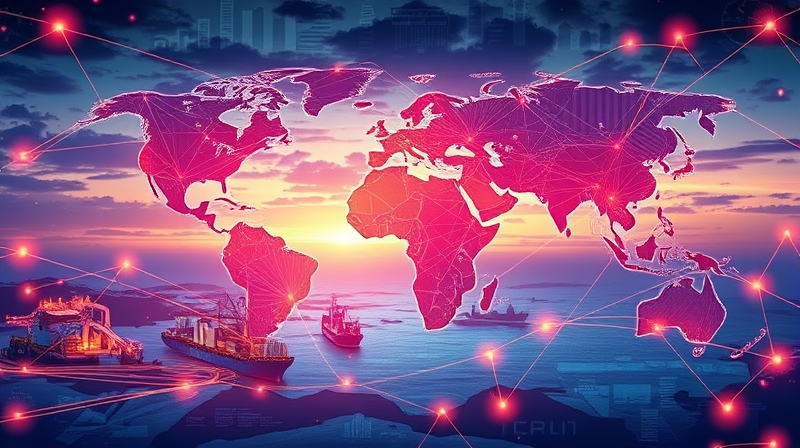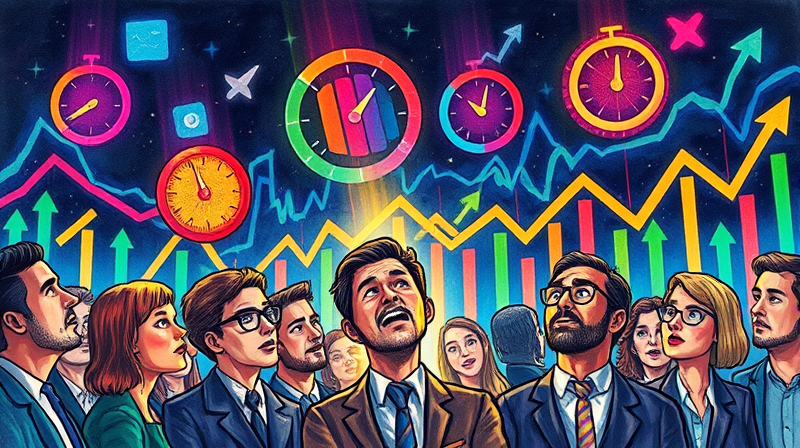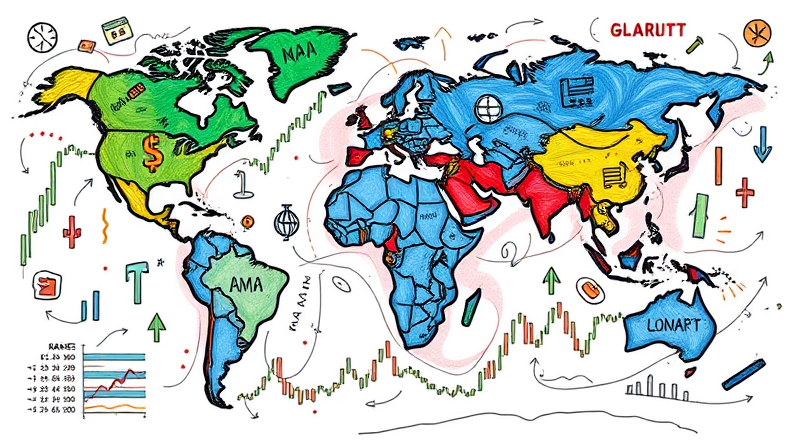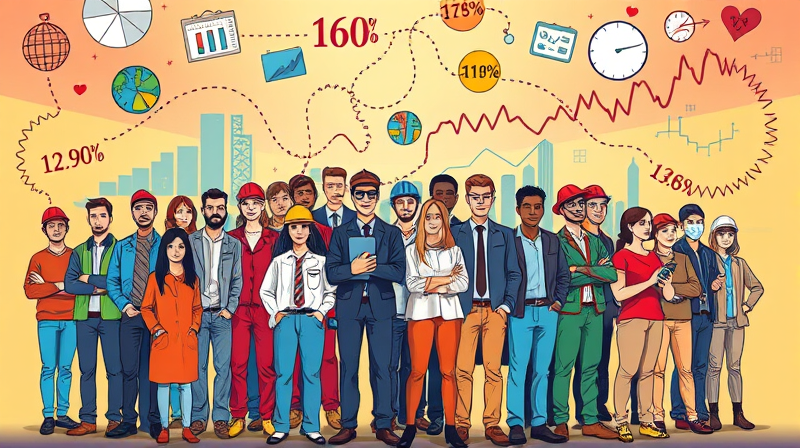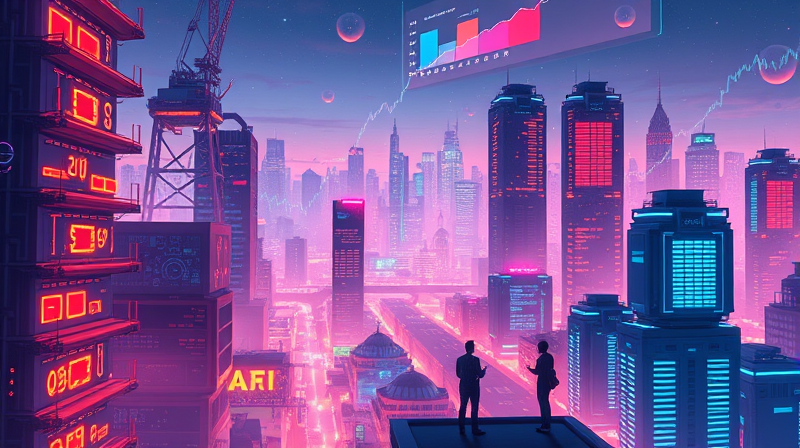
In an era defined by rapid innovation, technology has become the driving force behind market upheaval and societal progress. From breakthroughs in artificial intelligence to advancements in nanotechnology, each development reshapes industries and redefines competitive advantage.
As we navigate 2025 and beyond, these disruptive forces converge to create a landscape where agility, trust, and vision determine market leaders.
Artificial intelligence is no longer confined to research labs. Today, AI-driven business models are revolutionizing sectors ranging from finance and healthcare to national security and smart cities. By 2030, AI adoption could add an estimated $15.7 trillion to global GDP, with China, North America, and Northern Europe leading the gains.
Corporate readiness is remarkable: 85% of technology, media, and telecom executives are prepared to scale AI-driven initiatives, and 76% plan to expand generative AI deployments in 2025. This shift underscores a larger trend—organizations are reimagining their core offerings around intelligent automation and predictive analytics.
Key strategies for harnessing AI’s potential include:
The semiconductors sector stands at the heart of the AI revolution. In 2025, double-digit revenue growth is projected, driven by surging demand for generative AI chips—CPUs, GPUs, specialized power units, and data center processors.
Next-generation designs focus on resilience and geographic diversity, mitigating risks from geopolitical instability. Companies are forging resilient and diversified supply chains to ensure continuity and agility.
Meanwhile, consumer electronics segments—PCs and smartphones—are poised for modest upticks, while communication and data-center chips capture the lion’s share of growth. Edge computing devices will increasingly leverage AI-tailored semiconductors, unlocking applications in autonomous vehicles, industrial IoT, and smart infrastructure.
Beyond AI and semiconductors, a wave of disruptive innovations is reshaping manufacturing, healthcare, and environmental solutions.
Nanotechnology breakthroughs are yielding materials like graphene that are stronger, lighter, and more adaptive. These advanced composites have applications spanning energy storage, medical devices, and sustainable packaging.
3D printing continues its ascent, enabling rapid prototyping and low-cost manufacturing across industries. From customized medical implants to on-demand electronics and even edible products, additive manufacturing is democratizing production.
At the same time, robust cybersecurity frameworks have become paramount. As digital reliance deepens, the global cost of cybercrime is expected to reach $10.5 trillion by 2025, underscoring the need for advanced threat detection, zero-trust architectures, and AI-augmented defenses.
Data is the lifeblood of modern enterprise. Organizations are investing heavily in next-generation infrastructure to harness massive datasets and extract actionable insights.
Generative AI assistants will soon democratize data access, guiding teams through complex, siloed information environments. Meanwhile, strategic data architecture—incorporating debiasing protocols and AI oversight—ensures quality and compliance.
In parallel, cybersecurity is evolving from perimeter defense to proactive resilience. Companies are adopting continuous monitoring, adaptive authentication, and quantum-resistant encryption to safeguard critical assets.
Global competition has intensified. Big Tech, agile startups, and mid-sized challengers vie for market share by leveraging cloud infrastructure, expansive data centers, and strategic partnerships.
Concurrently, the tech talent gap remains acute. Demand for AI specialists, engineers, and cybersecurity professionals continues to outstrip supply. Organizations are embracing global recruitment, remote work models, and reskilling programs to bridge this divide.
Regulatory landscapes complicate the path forward. Companies must balance innovation with compliance as privacy, tax, and data-security regulations evolve. Navigating geopolitical tensions—particularly around supply-chain dependencies—has become a core strategic imperative.
Looking ahead, generative AI chatbots will become universal interfaces, reshaping how customers and employees interact with software. Spatial computing will merge physical and digital realms, unlocking immersive experiences in education, design, and collaboration.
Meanwhile, the shift toward service-based, platform-driven business models (SaaS, PaaS) will accelerate, prompting companies to rethink go-to-market strategies and monetize ongoing subscriptions and platform ecosystems.
Finally, human-centric design principles—usability, accessibility, and ethical deployment—will guide technology adoption, ensuring progress benefits all stakeholders and fosters trust in the digital age.
The convergence of AI, semiconductors, disruptive materials, and next-gen data strategies is reshaping markets at an unprecedented pace. Organizations that embrace these trends—while prioritizing responsible innovation and talent development—will lead the transformation.
As technology advances, the true differentiator will be the ability to translate innovation into sustainable value, driving growth and positive impact across industries and communities worldwide.
References






